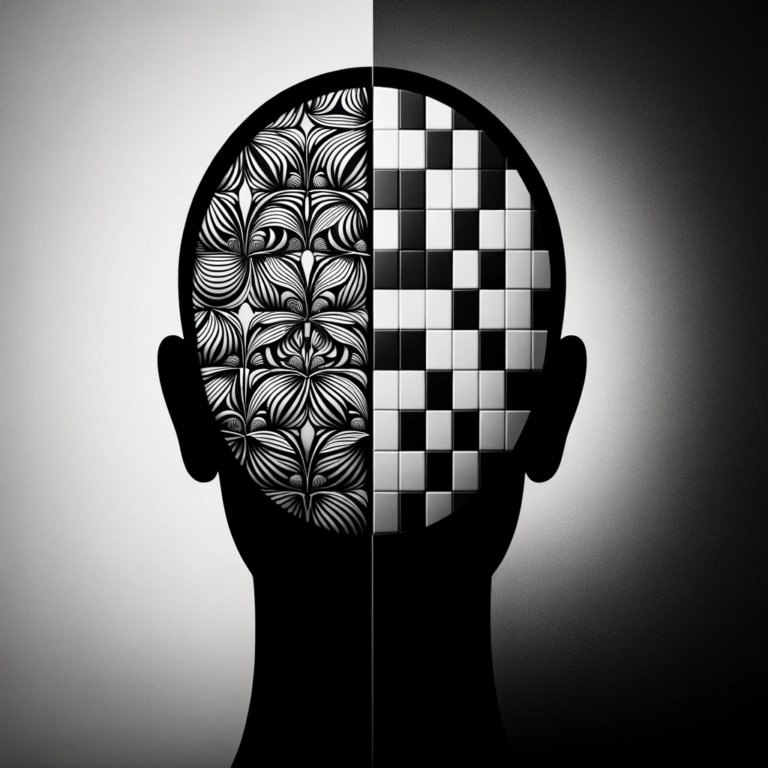Elevating Concepts Through Strategic Design: Mastering the Art of Design Thinking with 9 principles
TLDR
Strategic design is an intricate dance of detail, functionality, and user empathy that, when executed masterfully, creates experiences that echo in eternity across any domain.
Legendary designer Charles Eames once said, “The details are not the details. They make the design.” In every industry, not just in software development, the design process is foundational to transforming abstract ideas into tangible success stories. It’s about transcending aesthetics by creating an experience that feels both intuitive, innovative, and adds value. This journey requires a strategic melding of consumer insights, practical functionality, and budgetary boundaries. Let’s explore how pivotal design principles shape outcomes beyond just the digital world, drawing parallels that underline universal design truths. Here are my guiding principles when thinking about Design.
1.Designs must cater to human experiences.
Whether it’s the ergonomic elegance of a classic Eames chair or the consumer-centric design of the Coca-Cola bottle, successful products resonate with users’ lifestyles and needs. These icons of design embraced a profound understanding of their users, employing empathetic design thinking. This approach is not confined to product design; it’s a universal principle that guides successful outcomes across industries.
2. Simplicity forms the bedrock of impactful design.
An ethos perfectly encapsulated by the classic Swiss Army Knife. Much like Google’s unadorned search engine, the Swiss Army Knife thrives on functional minimalism, offering multiple tools within a compact, easy-to-use format. This brilliance lies not in complexity but in its user-focused functionality, affirming that less is often more when shaped by thoughtful design.
The details are not the details. They make the design.
Charles Eames
3.Consistency is key
Whether it’s the instantly recognizable golden arches of McDonald’s or the consistent flavor of your favorite Starbucks coffee, maintaining a standard of familiarity breeds user comfort and loyalty. It’s this consistent attention to detail, much like Samsung’s coherent user interfaces, that builds a brand’s identity and trust, ensuring that wherever you are in the world, the experience remains unchanged.
4.Construct an Iterative Process
In construction, architectural blueprints and 3D models pave the way for structured, predictable builds. Similarly, in design, tools like prototyping and wireframing form the visual groundwork that guides cohesive vision and execution. Lego sets, for example, thrive on this premise. The blueprint (instructions) provided with each set ensures users can visualize the end product, guaranteeing a satisfying building experience that mirrors the intended design.
5.Timebox your efforts
The fashion industry, with its seasonal collections, mirrors the ‘design sprints’ seen in tech. These intense creative phases culminate in runway shows, the equivalent of user testing sessions, offering immediate feedback on the designer’s vision. This cycle allows for rapid ideation and iteration, akin to how tech companies like Slack refine their offerings.

6. Strong beliefs held loosely – Flexibility in Design Strategy
The automotive industry, particularly exemplified by brands like Tesla, shows agile design practices’ effectiveness. By embracing an adaptable approach, they can pivot based on consumer feedback, market trends, or innovative breakthroughs, ensuring the final product remains relevant and competitive.
7.Embrace Challenges
Confronting design challenges requires a blend of creativity, collaboration, and resilience. The same philosophy applies whether you are troubleshooting a marketing campaign, addressing a manufacturing hiccup, or fine tuning a menu for a new restaurant.
8.Transparent Collaboration
Open channels of communication, much like in a symphony orchestra, ensure a harmonious blend of expertise, resulting in a performance greater than the sum of its parts. To obtain the very best results, collaboration is required and the more transparent the collaboration the higher quality of the output.
9.Realistic Constraints
Every industry operates within limitations. Chefs, much like designers, work within dietary restrictions, budget, and availability of ingredients, yet consistently craft culinary masterpieces. Feedback-Driven Refinement: Just as filmmakers use test screenings to gauge audience reactions, incorporating feedback is invaluable in refining the end product to resonate deeply with its intended audience.
Conclusion
Strategic design is an omnipresent force, driving success across diverse realms, from haute cuisine and high fashion to cutting-edge technology. It is an intricate dance of detail, functionality, and user empathy that, when executed masterfully, creates experiences that echo in eternity. By drawing inspiration from a broad spectrum of industries, we realize that effective design, as Charles Eames suggested, is indeed all about the details — details that construct deeply resonant and unforgettable experiences. By using these principles we’ve been able to design software and solutions that meet the clients needs, delight the users, and grow with the company as they scale and mature.
Schedule a virtual coffee chat
To learn more about your opportunities, competitiveness, and how you can take advantage of your opportunities from our point of view.